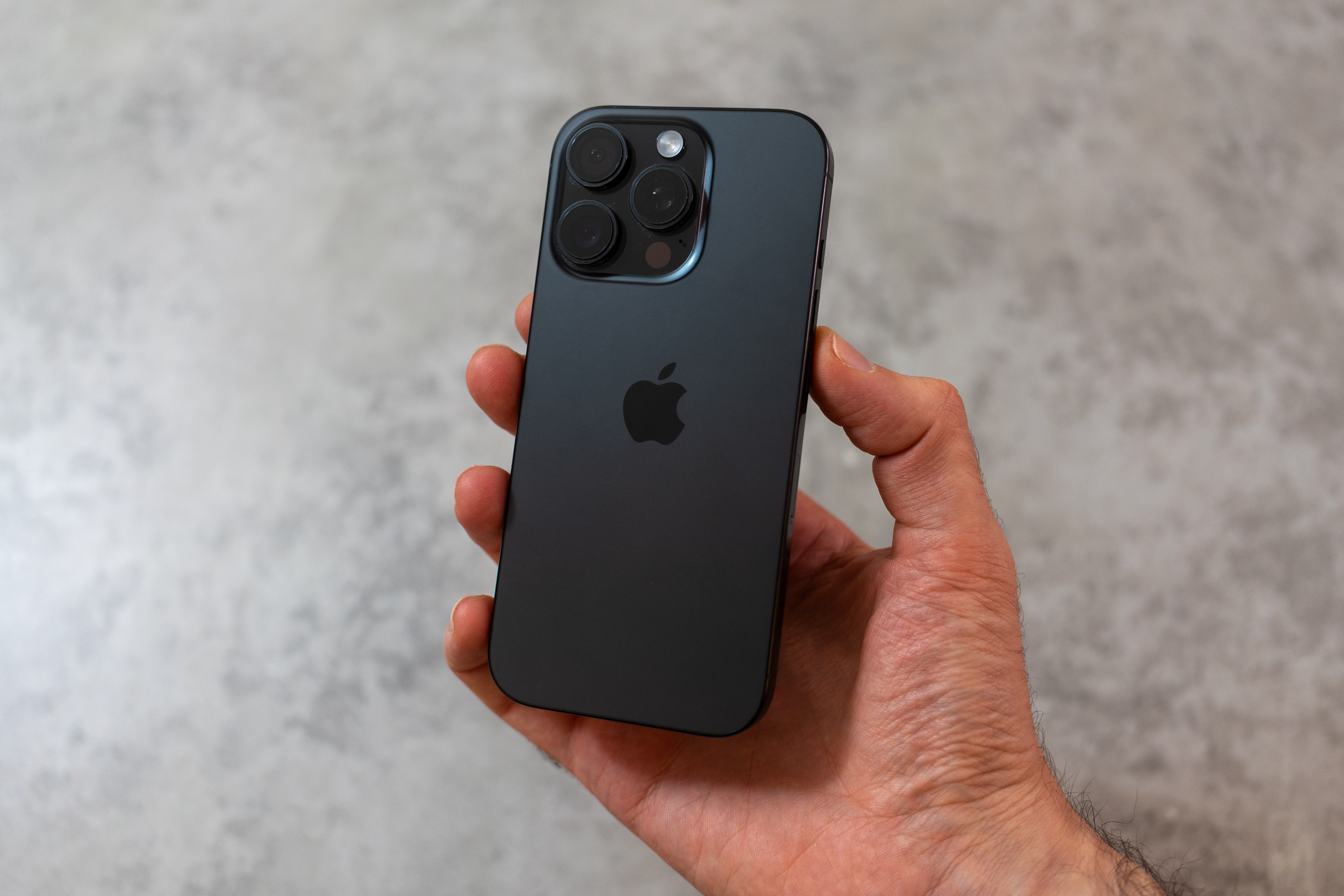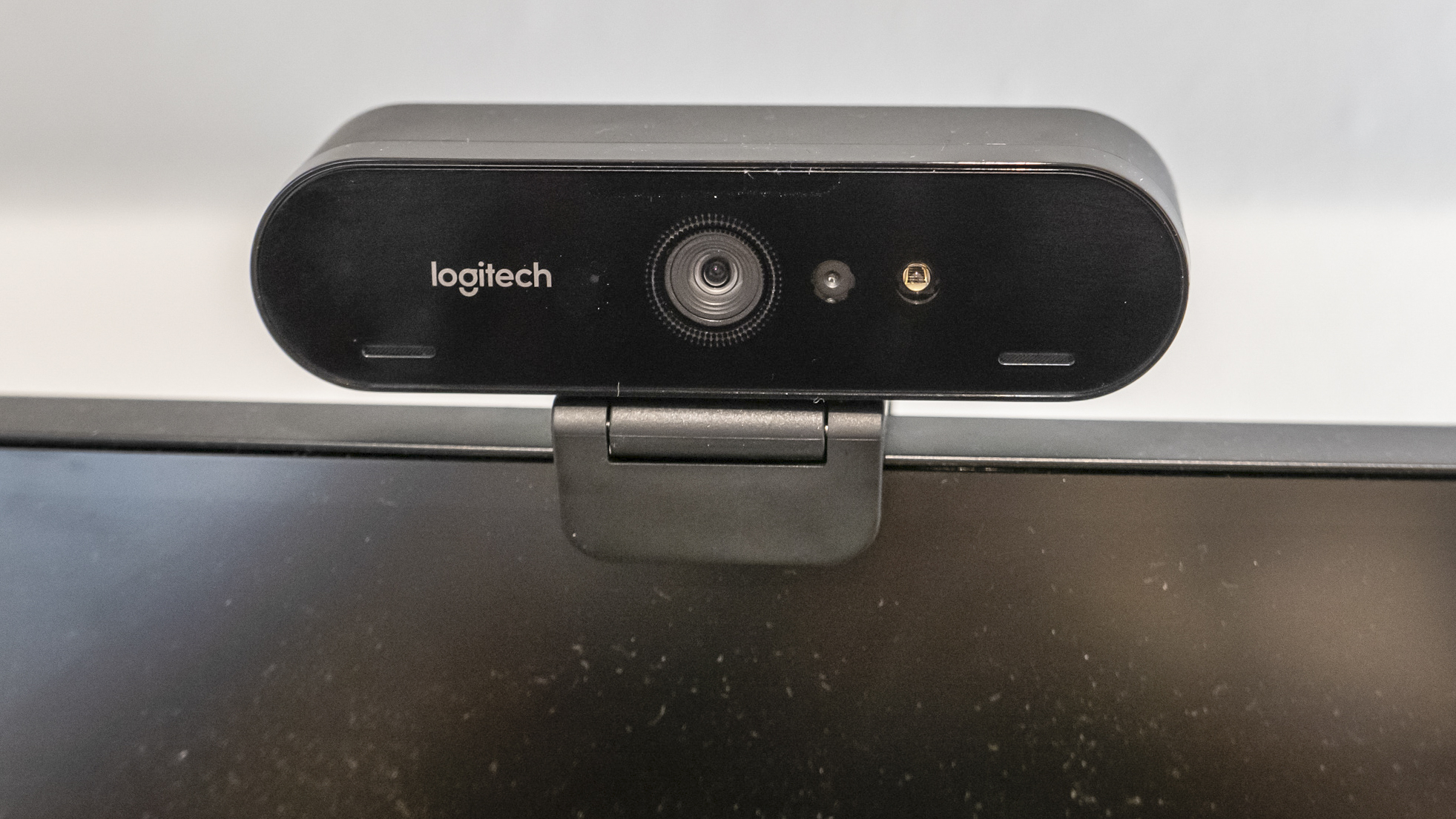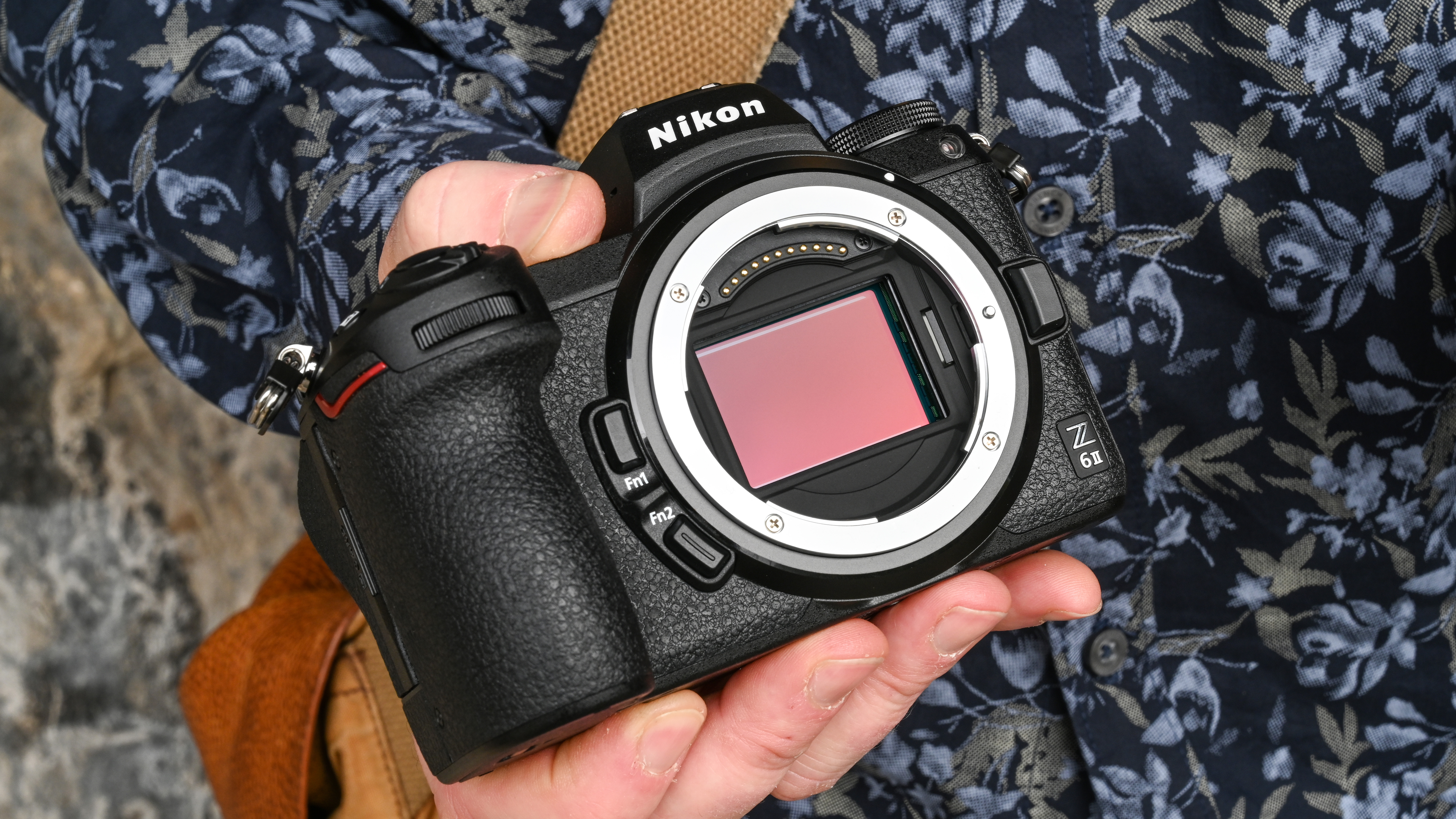Best camera for stop-motion animation
Create movies a frame at at time, with the best cameras for stop motion

The best camera for stop motion animation allows you to produce spectacular animated movies using the simplest of materials. Whether you want to use a smartphone or a full-on system camera, there are plenty of viable options for your movie-making – the main thing it requries from you is patience!
Stop motion animation, or stop frame animation, involves sequencing a series of still images, and manipulating objects between each frame to give the illusion of movement. Famous examples include Wes Anderson’s Isle of Dogs and Aardman Animations’ Wallace and Gromit.
It can be painstaking work, but there are apps and software to make life easier. I've picked out the best cameras and phones to get you started, and you can scroll to the bottom of this guide for a breakdown of how to choose a stop motion camera. And for more moviemaking magic, don't miss our guide to the best cameras for video.
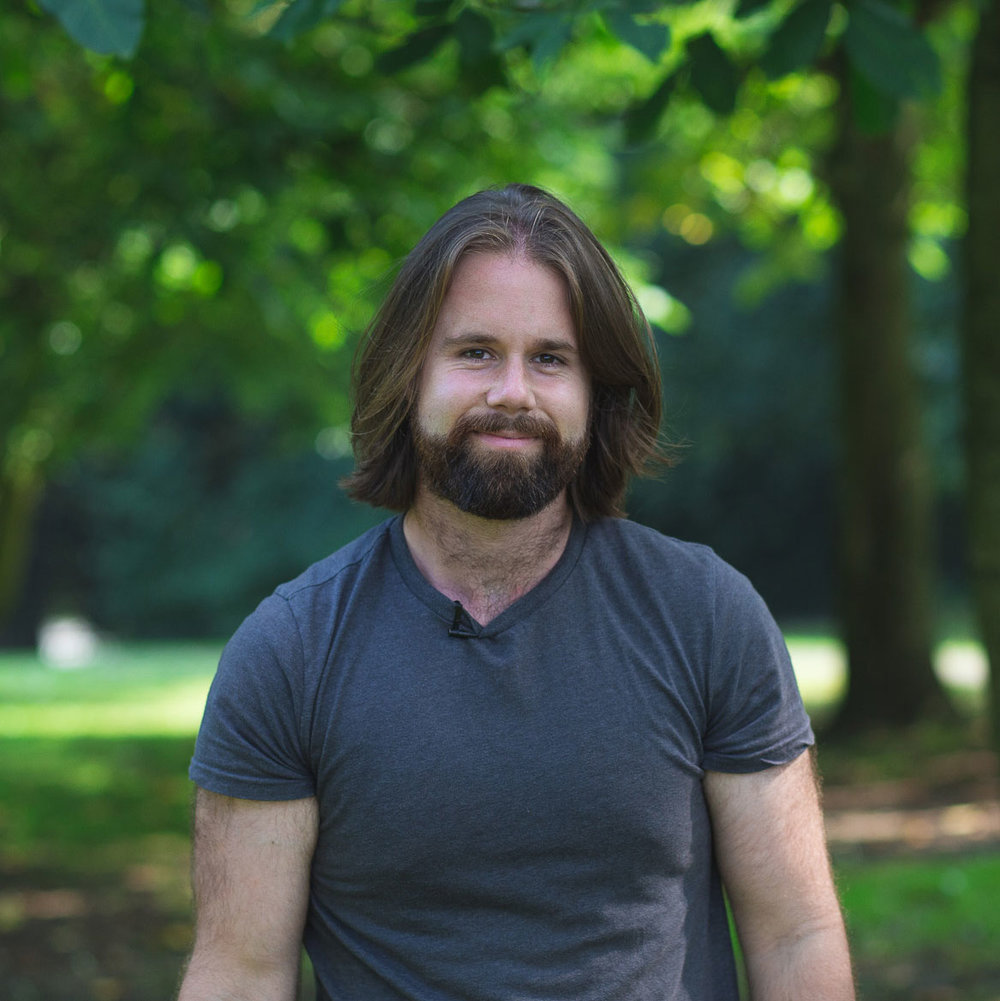
Jase Parnell-Brookes is an award-winning photographer, educator and writer based in the UK. They won the Gold Prize award in the Nikon Photo Contest 2018/19 and were named Digital Photographer of the Year in 2014. An expert in many different camera systems, they bring their expertise to our guide to stop-motion animation cameras
The quick list
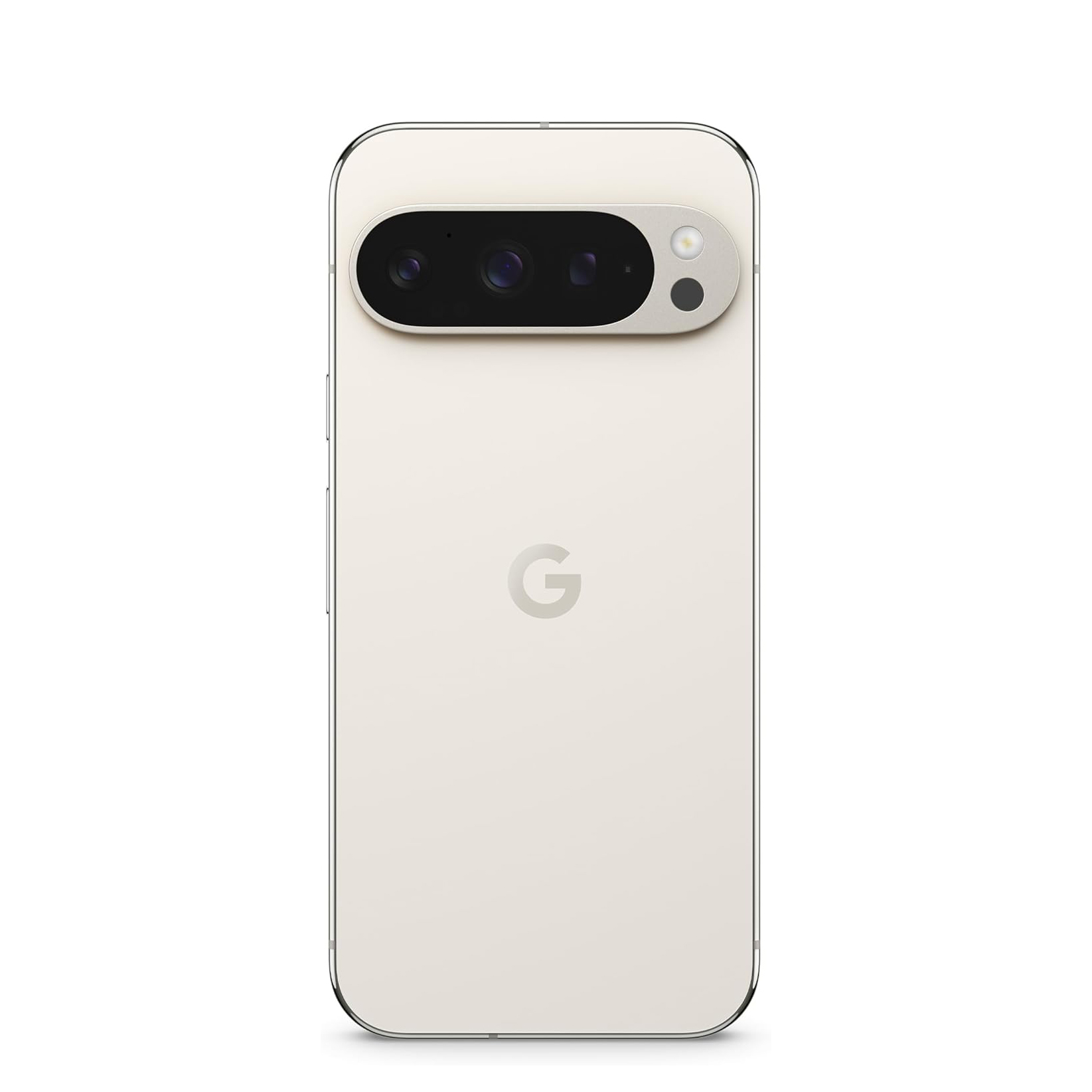
Best Android smartphone
An excellent camera for stop motion that you might already own, the Google Pixel 9 Pro offers excellent camera quality with RAW shooting and a dedicated macro focusing mode.

Best iPhone
The iPhone 16 Pro is great for stop-motion shooters who prefer the Apple ecosystem, with granular options for tweaking the color and tone of your images, and plenty of stop-motion apps for iOS.
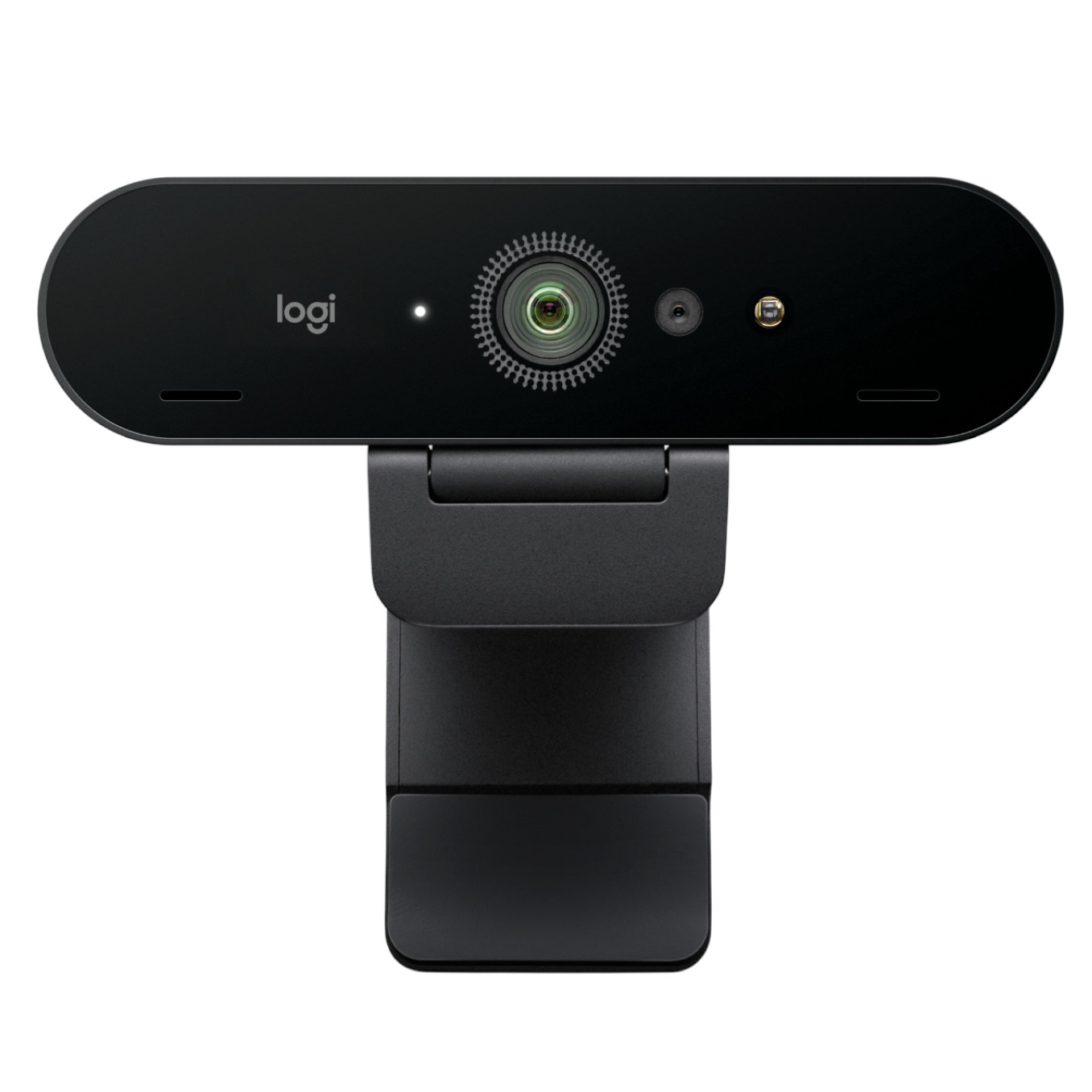
Best webcam
If you want to use a webcam for stop motion animation, Logitech's Bro offers 4K resolution, as well as manual controls via software – good for shot-to-shot consistency.

Best for enthusiasts
More serious stop motion makers will want the quality benefits of a full-frame sensor. The Canon EOS R6 Mark II is a natural choice, offering great quality and features.

Best mid-range
Fujifilm's X-S20 is a do-it-all hybrid camera that produces images of sublime quality, benefiting from some of the best color science in the business.

Best Nikon
If you want to use a Nikon camera for stop motion, we'd recommend the Z6 II, which can benefit from both Z-mount and F-mount lenses.
Load more products ↴
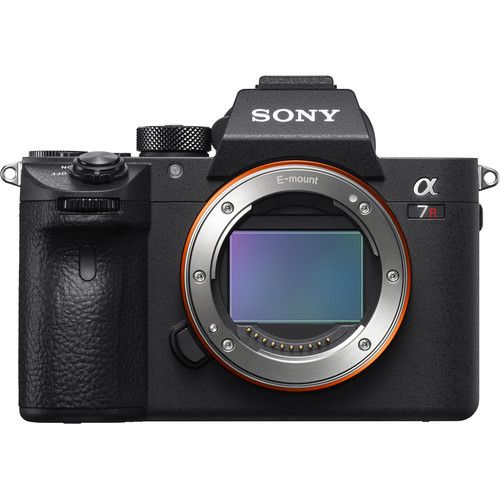
Best high-resolution
The Sony A7R series of full-frame cameras are known for offering ultra-high megapixel counts. The older Sony A7R IIIa deliver plenty of pixels without costing too much.
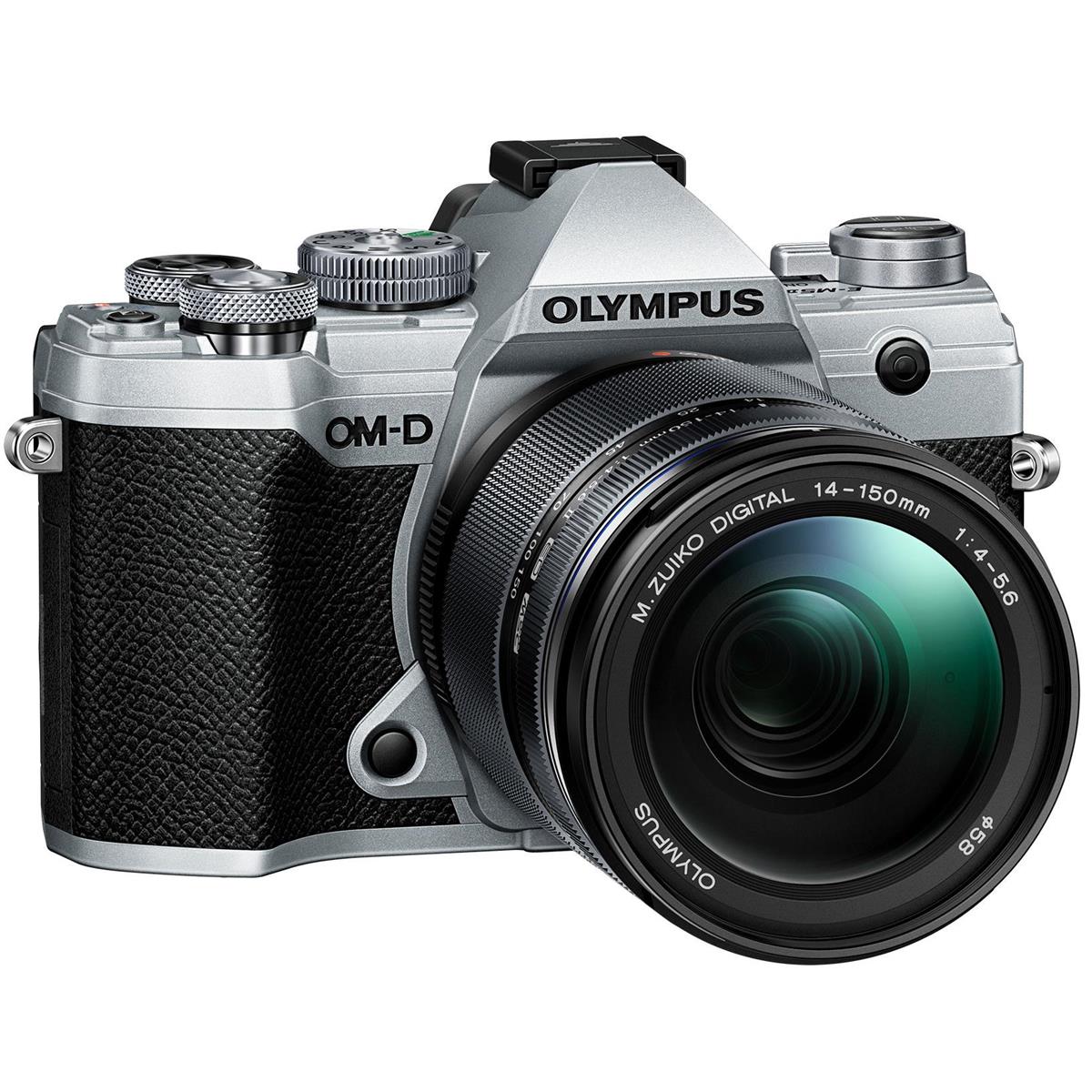
Best Micro Four Thirds
The Olympus OM-D E-M5 Mark III is a solid mid-range mirrorless camera that gives you access to the extended system of Micro Four Thirds lenses.
The best cameras for stop-motion animation
Why you can trust Digital Camera World
Best smartphone
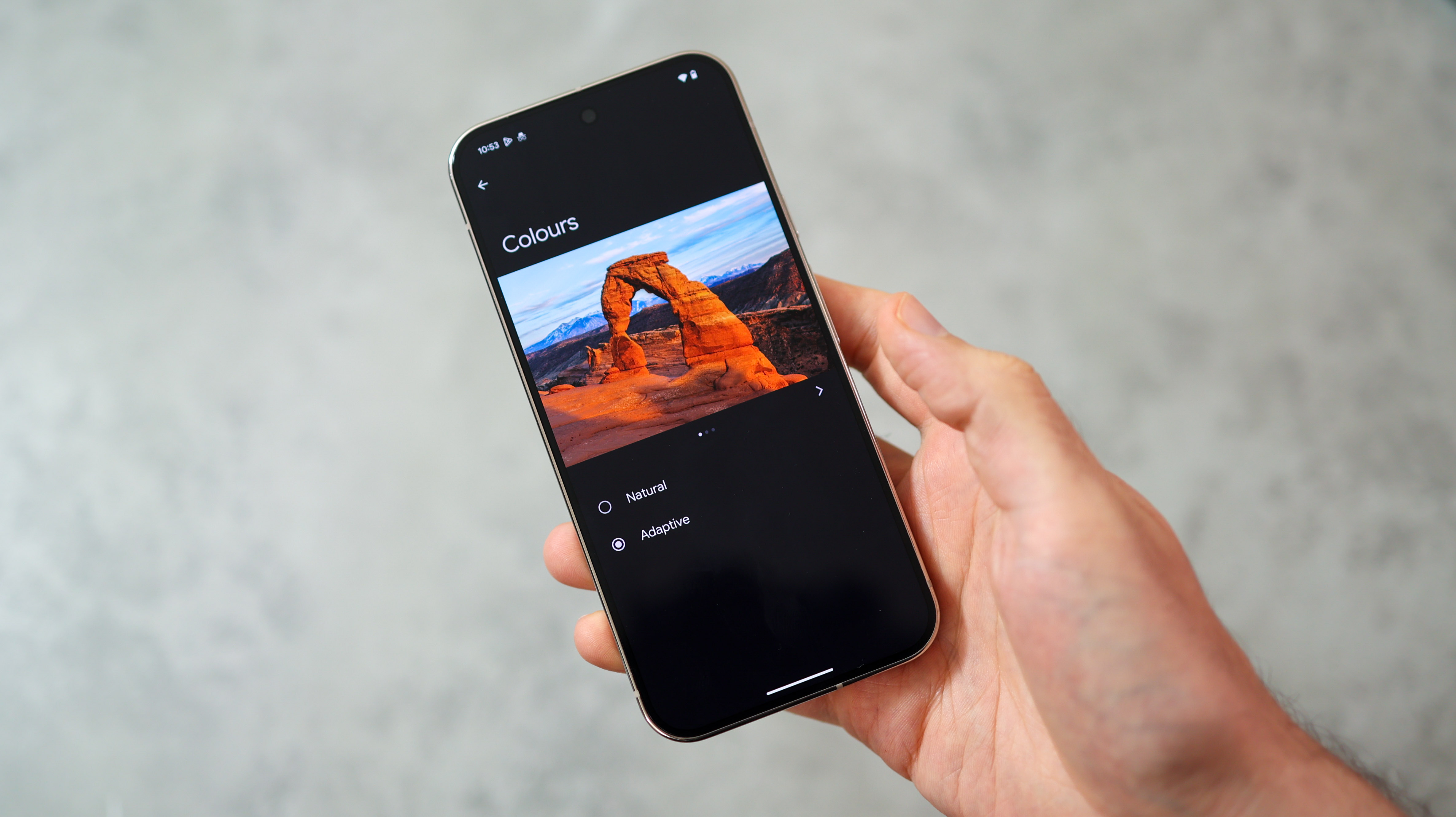
Specifications
Reasons to buy
Reasons to avoid
As the old saying goes, the best camera is the one you have with you, and most people now have a very capable camera in their pocket at all times. If you're looking for a new smartphone that could pull double-duty as a camera for stop-motion animation projects, the Google Pixel 9 Pro is a sound choice – and if it's too expensive, it could be worth considering older models in the range.
There are plenty of useful resources for shooting stop-motion on your phone – Stop Motion Studio is a decent app with a free tier, available for both Android and iOS. The Pixel 9 Pro is an ideal option for taking advantage of such an app, boasting as it does, a triple-camera array consisting of a 48MP ultra-wide camera, a 50MP primary camera, and a 48MP telephoto camera. The ultra-wide also benefits from a macro focusing mode, which is great for getting in close to typical stop-motion subjects like plasticine models or Lego minifigs.
You can shoot natively in RAW in the standard camera app, as well as lock the exposure and white balance across shots – though there are plenty of Android apps that will offer you more granular control. As the latest generation of Pixel phones, this is one of the more expensive options – the Google Pixel 7 Pro or Pixel 8 Pro may be worth looking at if you're on a budget
Read our full review of the Google Pixel 9 Pro
Best iPhone for stop-motion animation
Specifications
Reasons to buy
Reasons to avoid
For those that are already iPhone owners, you have a very good camera you can begin shooting with right away. The iPhone 16 Pro is part of the latest generation, and its impressive main camera produces punchy images with that Apple sheen that for many users, just can't be beat. You can tweak tone and color before shooting to make sure you get the exact right look you want for your stop-motion shots – and you can choose from a number of presets if desired, which is a good way to keep your images looking consistent from shot to shot.
You can also output in Apple's ProRAW files natively from the camera app, although there are some automated tweaks applied, but the App Store offers a number of more controlled shooting applications such as Hallide – a pro shooting app that promises zero AI and minimal automated post-processing to give you as much granular control as possible.
Just as with Android, there are also a number of dedicated stop-motion apps available for the iOS ecosystem, including Stop Motion Studio. If the iPhone 16 Pro is beyond your budget, you may have some luck finding cheaper versions of older handsets like the iPhone 14 Pro, though be aware that you don't get the same detailed level of tone and color control.
Read our full review of the Apple iPhone 16 Pro
Best webcam for stop motion animation
Specifications
Reasons to buy
Reasons to avoid
Although most professional stop motion animation is done using professional stills cameras, a webcam such as the Logitech Brio 4K Pro offers beginners an easy way to get started. Unlike many other webcams only really suitable for live streaming or zoom calls, the BRIO Pro offers 4K 30p resolution and frame rate. Some manual controls are available via the install software which helps to retain consistent exposure and color between stills photos. An upside to using a webcam is that extra peripheral purchases aren't required as there are no lenses’ to interchange and the camera is powered by USB, through which it also transmits image data - making it a good plug-and-play option.
See also: Best Logitech webcams
Best Camera for Enthusiasts and Professionals
Specifications
Reasons to buy
Reasons to avoid
The Canon EOS R6 Mark II is probably one of the most highly suitable cameras for stop motion animation. Its full-frame sensor provides a good dynamic range, the autofocus can operate in as low as -6EV should users require it, and the rear screen is vari angle for easier compositions without an external monitor. It's Canon's all-rounder, with resolution not quite as high as the EOS R5 cameras, and speeds not as fast as the EOS R1 or EOS R3. But for stop-motion animation, these things aren't really needed.
It has stop motion firmware available to help with the integration between camera and computer, which boosts the live view resolution up to 1920 x 1280. However, it must be noted that the HDMI output stops working when this firmware is active, meaning you’ll have to take your composition and live view from the computer itself.
With the firmware installed though, it offers manual focus peaking via USB and focus position memory is enabled when using any RF lens. Focus and aperture lock can also be controlled with stop motion software to save handling the camera during shooting and misaligning composition.
Read more: the best Canon RF Lenses.
Best mid-range camera for stop motion
Specifications
Reasons to buy
Reasons to avoid
This highly capable all-rounder from Fujifilm delivers impressive detail in every shot. With the huge list of lenses from Fujifilm and partners such as Tamron and Sigma, there are some incredible and affordable options to bring out the best in the X-Trans sensor. Fujifilm is also renowned for its color science, ensuring each still has amazing color depth to bring it to life.
A sharp and detailed vari-angle touchscreen is great to compose and view images on, or you can output in a solid resolution of 1024 x 768 to animation software such as Dragonframe, which is supported by this camera.
Read our full review of the Fujifilm X-S20.
Best Nikon camera for stop motion
Specifications
Reasons to buy
Reasons to avoid
The Nikon Z6 II is a fantastic full-frame mirrorless camera option for those that prefer the Nikon system or are perhaps already invested in the system. Recommended as a good option by industry-standard stop motion animation software, Dragonframe, it shoots 14-bit lossless raw images for ultimate flexibility when editing the animation. It also features a good live view resolution at 1024 x 680 providing more detail in the scene.
At 24.5MP the stills resolution isn’t as high as some other cameras on this list, but it’s still far more than required to produce a 4K movie. The FTZ adapter also opens up the possibility of using heritage F-mount lenses for unique optical styles.
Nikon has since released a successor to this camera, the Z6 III. However, with its stacked sensor design, this camera is built more for speed than the Z6 II – and that performance bump comes with a significant price hike. We'd say the Z6 II still offers better value for stop motion projects.
Read more: the best Nikon Z lenses
Best high-resolution camera for stop motion
Specifications
Reasons to buy
Reasons to avoid
If users were looking into producing 8K stop motion animations then they’ll need a minimum of 33.2MP, which the Sony A7R III does, and then some. Though the original Mark III camera is now several years old, the 2021-updated A7R IIIa does ensure that it has at least had a new screen added. While the A7R III might struggle to compete with some of the latest mirrorless offerings, it’s actually still perfect for stop-motion animation, where burst frame rate and autofocus speed aren’t important.
Due to its age, it offers great value for money, especially if users want to go second-hand. There is also a good range of Sony E-mount lenses available to make shooting scenes of any scale possible.
Read more: the best Sony lenses.
Best Micro Four Thirds camera for stop-motion
Specifications
Reasons to buy
Reasons to avoid
The key to the OM-D E-M5 Mark III’s success is the huge specs packed into a tight, compact body. Stills resolution rivals that of flagship DSLRs and a vari angle screen is a huge advantage to animators not yet using external monitors to work on their scenes.
Smaller and lighter than many other cameras it’s also slightly less expensive, meaning multiple camera shots or setups are possible for those on a budget. It also has a good dynamic range across its ISO range, which outperforms much of its competition, especially when reaching into higher ISO sensitivities. It also has a surprisingly high live view resolution, also much better than others in or above its class.
There is also the newer OM-5, released under the rebranded OM System name. Its improvements like weather sealing and built-in ND filters, are less useful for stop motion animation, and so the older, cheaper Olympus OM-5 Mark III will likely offer better value.
See also: Best MFT lenses
How to choose the best camera for stop-motion animation
Stop-motion animation is mainly indoors under constant, controllable lighting. As such, animators favor high-resolution stills cameras, both DSLR and mirrorless cameras are commonly used by amateurs all the way through to professionals that work on feature films. However, beginners might want to start on an inexpensive route by using a webcam or phone. The best cameras are chosen for their ability to feed Live View pictures through to a computer with specialized animation software and maintain a constant feed during lengthy shoots without a hitch.
A good Live View resolution aids composition and lighting and high resolution image sensors provide superior detail which determines the animations maximum published resolution. Dynamic range is also important, as is the ability to control cameras via USB connection. Though high end users often use an external monitor for composition, those getting started may prefer a rear screen that tilts or rotates to make composing in awkward angles easier.
It’s important to check that your desired camera is supported on the stop motion animation software you aim to use. Check the websites and search through the camera support list for this information. An industry-standard stop motion animation software such as Dragonframe allows you to search by make and model.
Though many modern digital cameras now feature in-built timelapse functions these aren’t very flexible in terms of creating stop motion animations because they give little to no editing flexibility as still images are converted into a single video file. In-camera intervalometers might also seem appealing for beginner stop motion animators but these often rely on predetermined shooting intervals which are unhelpful for almost all animations where setting up the scene and animating models can change dramatically depending on what’s happening in a particular shot.
FAQs
What do I need to start stop-motion animation?
As well as a decent phone or camera, essential equipment to pick up includes a tripod or other camera support, as you'll want your cameras to stay in exactly the same position between takes. A light source is also a high priority, as the quality of natural light can fluctuate and you need it to stay the same between takes. While you can use flash, as you're capturing still images, you'll probably find it easier to set up your shots if you use a constant source of light like an LED panel.
Can I use a phone for stop-motion animation
Absolutely – a smartphone can be the best way to get started with stop-motion animation as there are dedicated apps to help you. I've suggested two in my list above, the Google Pixel 9 Pro and iPhone 16 Pro, though a cheaper phone will definitely work if budget is an issue.
How many photos does it take to make a 10-second stop-motion animation?
The minimum is around 100. In animation, the more frames you shoot, the smoother your resulting footage will be – but of course, it will also take longer to capture and edit. Generally you're looking for a minimum frame rate of around 10fps, meaning a 10-second animation will require 100 separate images. If you wanted to create a smoother-looking video at 24fps, you're looking at 240 images. It can be a long process!
Read more:
How we test cameras
We test cameras in our carefully controlled lab conditions. Our lab tests measure resolution, dynamic range, and signal-to-noise ratio. Resolution is measured using ISO resolution charts, dynamic range is measured using DxO Analyzer test equipment and DxO Analyzer is also used for noise analysis across the camera's ISO range.
We also test out cameras in the real world to see how they behave in various shooting scenarios, including the kinds of in-studio setups likely to be used for stop motion animation. I have taken the comments and findings of our reviewers into account when putting together this guide.
Find out more about how we test and review on Digital Camera World.
The best camera deals, reviews, product advice, and unmissable photography news, direct to your inbox!
Jase Parnell-Brookes is an award-winning photographer, educator and writer based in the UK. They won the Gold Prize award in the Nikon Photo Contest 2018/19 and was named Digital Photographer of the Year in 2014. After completing their Masters Jase has spent a good chunk of two decades studying and working in photography and optics shooting and writing all over the world for big-name brands and media outlets. Now the Channel Editor for Cameras and Skywatching at Space.com their speciality is in low light optics and camera systems.
